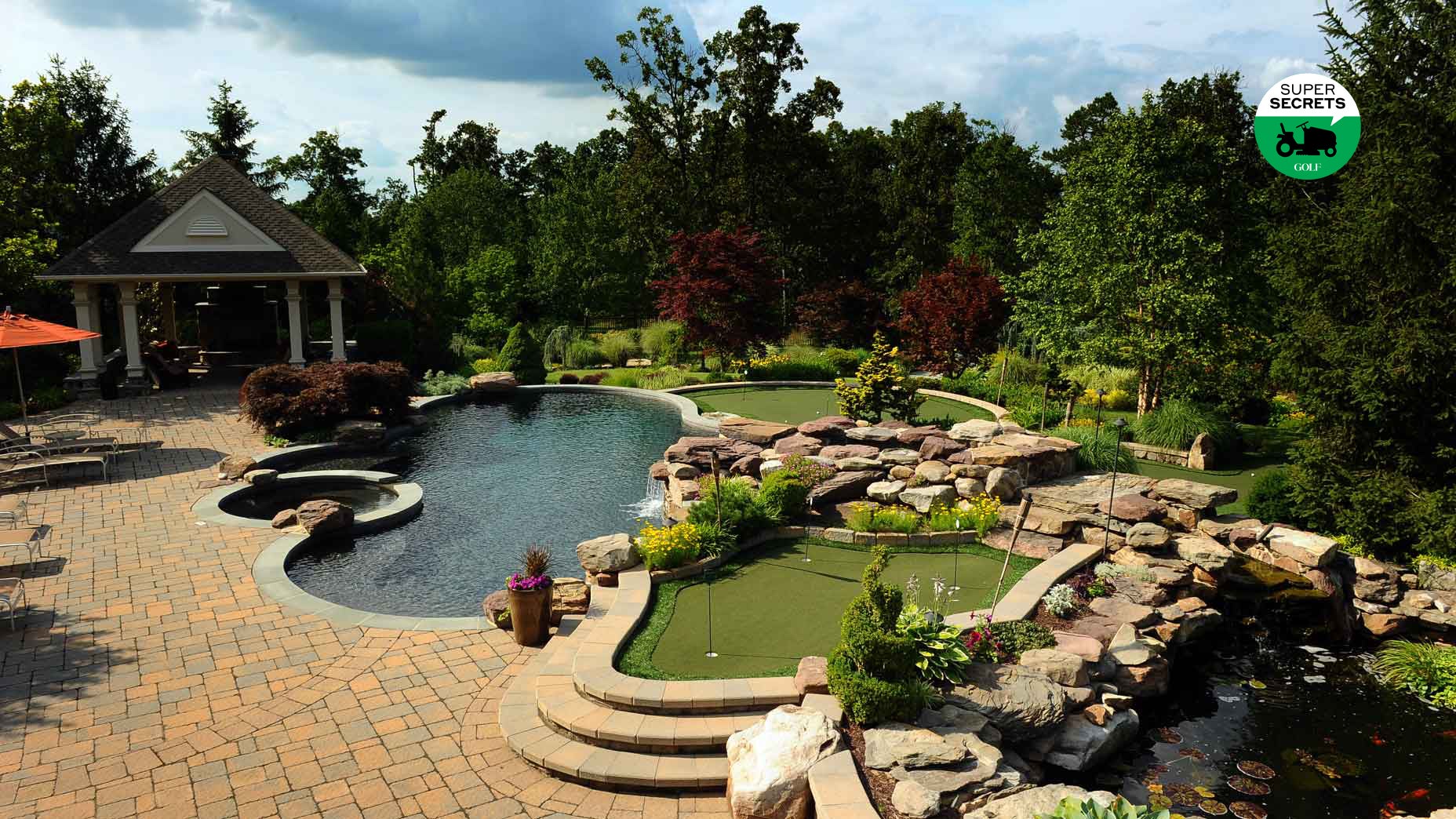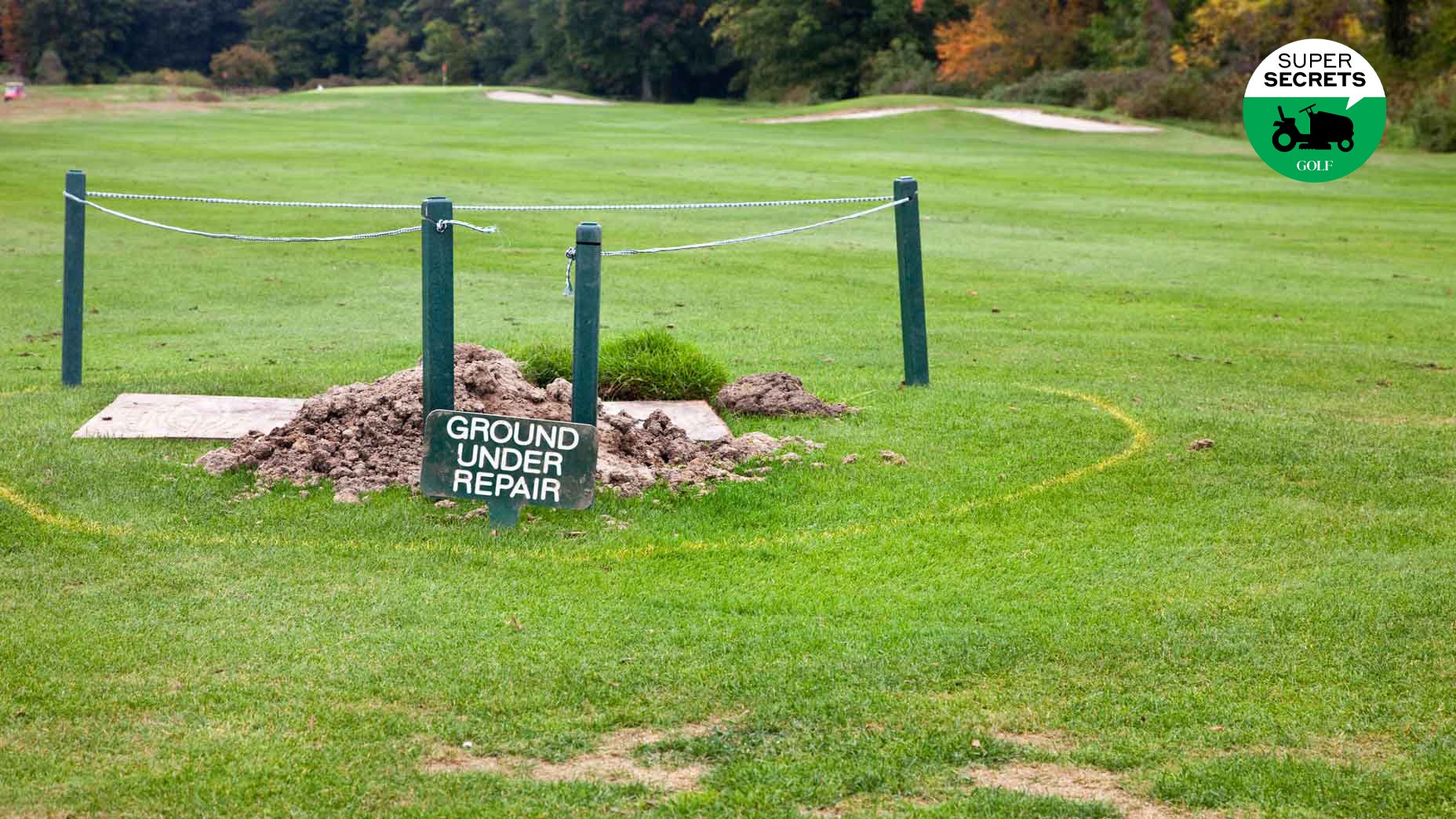It is tempting to say that the story has gone hog wild, but these aren’t hogs, they are javelinas, pig-like animals also known as peccaries.
In recent weeks, herds of them have been running roughshod at Seven Canyons Golf Club, in Sedona, Ariz., tearing up turf in their search for food.
Last Sunday, a video of the javelina-induced damage, filmed and posted by a member of the Seven Canyons maintenance team, rampaged across social media, capturing more than 30 million views and making headlines on such outlets as the Washington Post, Vox and The Guardian.
Come along with me on my carnage (I mean course) check this morning. What should be one of the most beautiful golf courses in the country is being destroyed by herds of javelina. If anyone has a contact in AZ state govt that can help us find a solution please pass it along. pic.twitter.com/XftywHtVCf
— Em Casey (@emcaseyturf) October 22, 2023
News-cycle attention spans are short, of course. But if much of the public has moved on, the javelinas haven’t. They’re still at it at Seven Canyons, posing a challenge to superintendent Andy Huber and his crew.
What brought on this invasion? How serious is the wreckage? What is there to do about the peccary problem?
We spoke to Huber, a longtime member of the Golf Course Superintendents Association of America, and porked around for answers.
Perfect storm
Or, more accurately, a lack of storms. Like much of the Southwest, Arizona gets a good deal of its precipitation during monsoon season, which runs roughly from June through September. In 2021 and ’22, there was ample rainfall, providing plenty of food around the region for javelinas, omnivorous creatures that subsist largely on roots, grubs and other squiggly, squirmy things. This year, though, drought has dried out those natural feeding grounds, prompting the javelinas to expand their search for sustenance. A golf course makes a great buffet.
As the worm turns
In the days since the javelina video went viral, Huber and his team have been flooded with suggestions from the public.
“A lot of people have been telling us that the problem is grubs,” Huber says.
What golfers just don’t understand about superintendents’ jobsBy: Josh Sens
While that’s a reasonable conclusion — grubs are like foie gras for javelinas — it’s not the case here. Thanks to timely applications earlier this year, Seven Canyons, Huber says, is grub-free. What abound beneath the turf these days are earthworms, hallmarks of healthy soil that also make great fodder for javelinas. With unusual warm temperatures lingering of late, the earthworms have been hanging out close to the surface, within reach of hungry javelinas, which, like many animals, are busy trying to fatten up for winter.
Speaking of winter, cooler temperatures would be welcome, Huber says, as that would drive the earthworms deeper. The javelinas, in all likelihood, would let up.
The mess they make
Unlike, say, coyotes or dogs, javelinas don’t dig deep holes. But they root up turf with short, interlocking tusks, and they can cover a lot of ground. While this is not the first time they’ve shown up at Seven Canyons (the course, Huber says, has dealt with them on and off over the years), never before have they caused such a stir. Nocturnal feeders, they’ve been at it every night for about six weeks now, upward of 100 of them, Huber says, leaving turf that looks as if Bugs Bunny burrowed through it.

All told, Huber says, they’ve torn up about three acres, causing damage on 15 of 18 holes. The good news is, they don’t seem to like sand. Seven Canyons greens, which are built to sand-based USGA specs, have been left unscathed. Ditto the bunkers and tee boxes, which were recently reworked, with plenty of sand to underpin them. The damage has been confined to fairways and rough.
Deterrent measures
In Arizona, javelinas are treated as property of the state, a protected species that can be hunted only during limited periods in January and February. If the javelinas are still around in those months, Seven Canyons could allow licensed hunters onto its grounds. But no wants the animals to linger for that long.
For now, Huber and his team have looked to other deterrents. They’ve tried to protect turf by topdressing it with sand and by sprinkling it with cayenne pepper. Unlike Bobby Flay, javelinas don’t like spice. The maintenance crew has even go so far as to spray targeted areas with concentrated pepper oil that measures 1 million on the Scoville scale (that’s ghost pepper territory, if you’re keeping score at home).
“It is food-grade but it comes with a skull-and-crossbones label on it,” Huber says. “It’s serious stuff.”
But those are only short-term fixes. After a few days, the topdressing and the chiles get worked into the ground or washed away by irrigation, and the javelinas return to feed. If he were protecting a small area, like a homeowner’s lawn, Huber says, hot pepper or a predator-scented treatment like coyote urine, might be a sustainable solution.
12 golfer habits that *really* annoy superintendents, according to superintendentsBy: Josh Sens
“But we just have too much ground to cover for that,” Huber says.
Another option, which Huber has been exploring with the Arizona Game & Fish Department, would be to trap and relocate the javelinas without harming them. Meantime, the club is moving forward to build some 14,000 feet of perimeter fencing around the course that would be low enough that deer and other welcome wildlife could hop right over but secure enough to keep javelinas out. Cattle guards at certain entry points could help as well.
The repairs
Over the first few weeks of the javelina headache, Huber says that he and his team “were able to hold our own” against the damage. More recently, though, it’s been hard to keep up. Maintenance hours that ordinarily would be spent elsewhere are now devoted to roaming the course and flipping over upturned turf by hand to get it grass-side up, and then machine-rolling it to make it more compact.
Those efforts have focused mostly on run-up areas and other stretches of fairway that are most central to the corridors of play. But in some areas of the rough, there’s no way to hide the fact that the ground has essentially been Rototilled. Come winter, Huber says top-dressing and overseeding will help the fairways heal. But he expects that portions of the rough will need to be re-seeded.
Meantime, play continues at Seven Canyons, a private club that sets aside a limited number of times for guests at nearby Enchantment Resort, and most of the course remains in its usual spit-shined condition — with some obvious areas of ground under repair.
“We haven’t even marked them,” Huber says. “When you see them, there’s really no doubt.”












